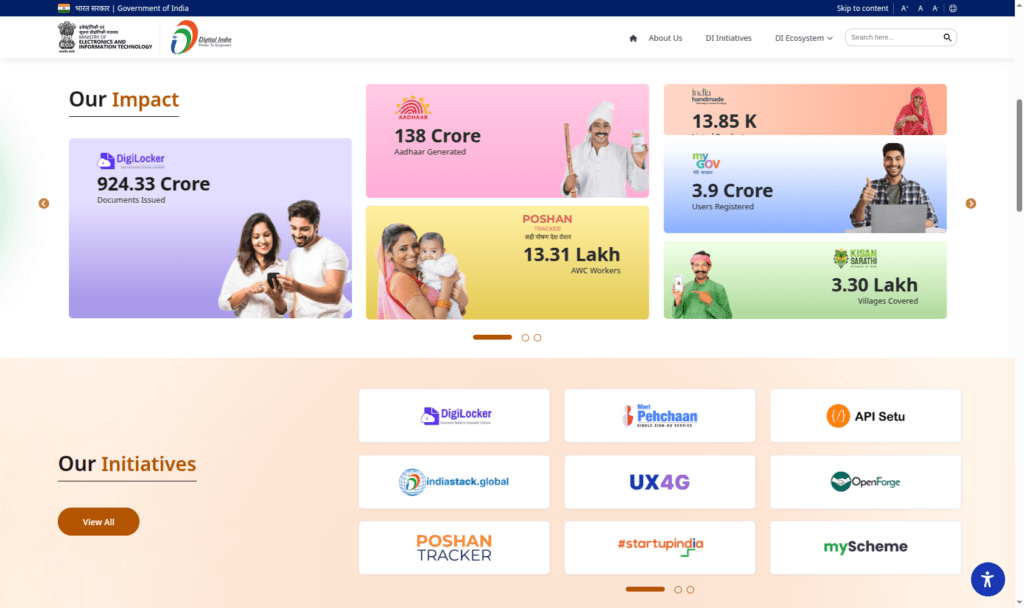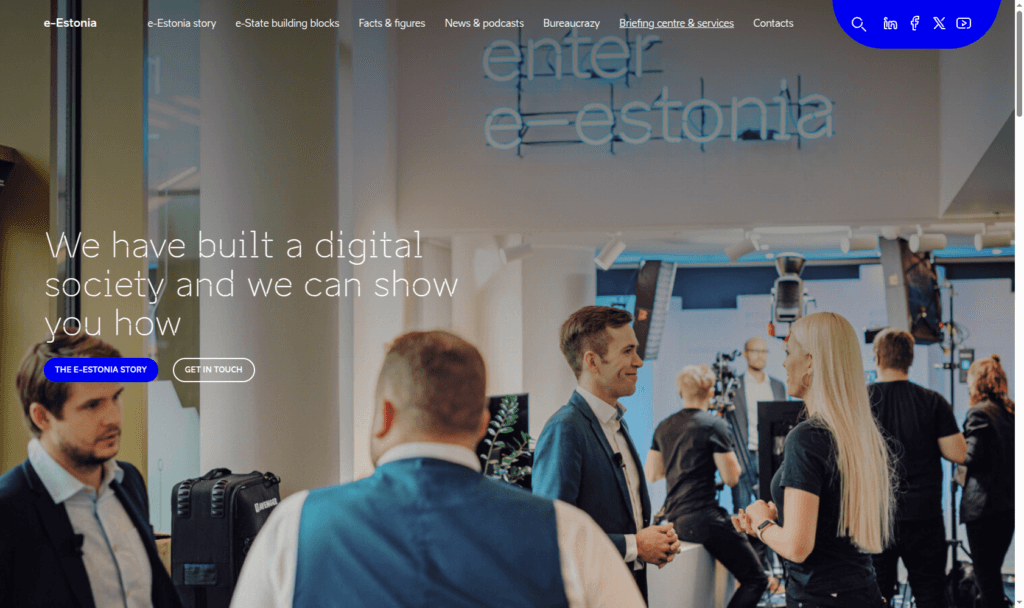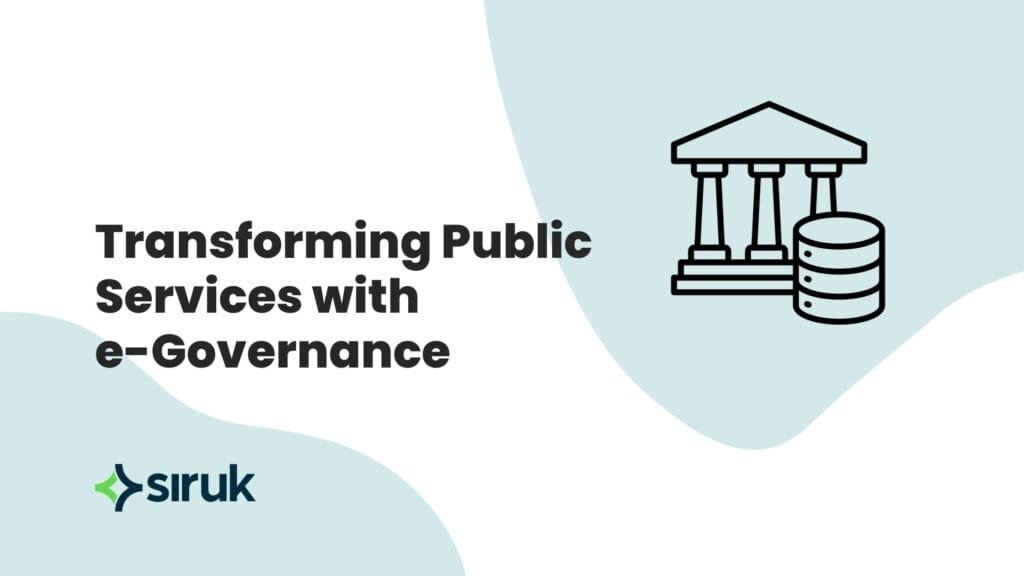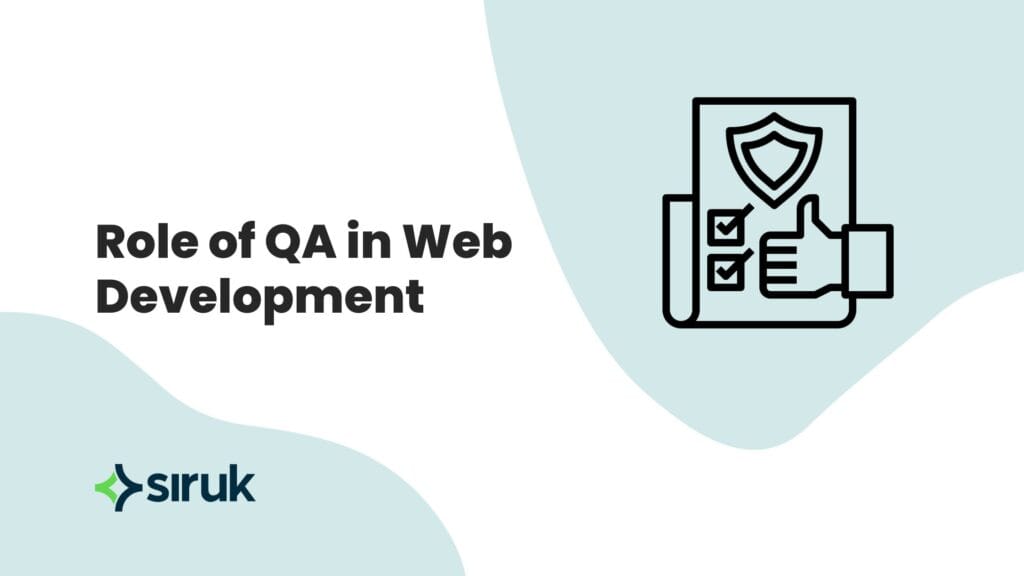Governments worldwide are shifting to digital solutions to make public services faster, more accessible, and citizen-friendly. Transforming public services with e-governance isn’t just a trend—it’s a necessity in today’s world. When done right, it reduces bureaucracy, enhances transparency, and improves efficiency.
Countries like India, the UK, and Estonia have taken the lead in digital governance, proving that smart technology can revolutionize how governments serve their people. This post explores how Digital India, the UK’s Government Digital Service (GDS), and e-Estonia are transforming public services and what Northeast India can learn from them.

Digital India: A Nationwide E-Governance Revolution
Digital India is one of the most ambitious government initiatives focused on making services available online and ensuring digital access for all citizens. Launched in 2015, it has made major strides in transforming public services with e-governance by focusing on three key areas:
- Digital Infrastructure: Expanding internet access and mobile connectivity, even in remote areas.
- E-Governance Services: Platforms like DigiLocker, UMANG, and Aadhaar have simplified document storage, service applications, and identity verification.
- Digital Literacy: Programs like PMGDISHA (Pradhan Mantri Gramin Digital Saksharta Abhiyan) aim to make sure every citizen can confidently use digital services.
By embracing digital identity, online applications, and cloud-based service delivery, Digital India has made government interactions smoother and more transparent.

The UK’s Government Digital Service (GDS): User-Friendly and Efficient
The UK’s Government Digital Service (GDS) is all about making government services simple, accessible, and efficient. Their GOV.UK platform is a great example of transforming public services with e-governance by ensuring that all government services are available in one place.
What makes GDS successful?
- A Single Platform: Instead of multiple confusing websites, GOV.UK serves as a one-stop shop for all government services.
- User-Centered Design: The system is built to be intuitive and easy for citizens to use.
- Digital by Default: Services like tax payments, passport renewals, and social benefits are available online, reducing paperwork and wait times.
By focusing on accessibility and ease of use, the UK has shown that e-governance can make government interactions hassle-free and efficient.

e-Estonia: A Digital-First Government
Estonia is a global leader in e-governance. The e-Estonia model is an inspiration for governments worldwide, proving that a digital-first approach can improve governance in incredible ways.
Key highlights of Estonia’s e-governance success:
- Digital Identity: Every citizen has a secure digital ID, allowing them to access services online, from healthcare to banking.
- X-Road System: This powerful data exchange platform ensures seamless communication between different government services.
- E-Residency: Estonia offers digital residency to non-citizens, enabling entrepreneurs to set up and run businesses remotely.
With 99% of public services available online, Estonia has achieved what many governments are still striving for—a truly digital government.
What Northeast India Can Learn from These GovTech Success Stories
For regions like Northeast India, where connectivity and accessibility are still challenges, the shift to e-governance can be game-changing. Here’s how governments in the region can start transforming public services with e-governance:
- Strengthen Digital Infrastructure – Reliable internet and mobile networks are the foundation of any digital service. Expanding fiber optic connectivity and promoting mobile internet access is key.
- Develop Localized E-Governance Services – Digital platforms should cater to local needs, such as providing agriculture advisories, telemedicine services, and online education in regional languages.
- Enhance Digital Literacy – Many citizens in rural areas are unfamiliar with digital tools. Government-backed training programs can ensure that people understand how to use online services.
- Encourage Public-Private Partnerships – Collaborating with local tech startups and businesses can accelerate innovation and improve service delivery.
- Adopt Secure Digital Identity Systems – A digital ID system (similar to Estonia’s) can make it easier for citizens to access government services without unnecessary paperwork.
By focusing on digital infrastructure, accessibility, and local adaptation, Northeast India can successfully transform public services with e-governance, making government interactions smoother and more efficient.
Conclusion
From Digital India’s nationwide transformation to the UK’s user-friendly services and Estonia’s fully digital government, the benefits of e-governance are clear. When implemented effectively, e-governance makes public services faster, more transparent, and accessible to all citizens.
For Northeast India, this is an opportunity to leapfrog traditional bureaucratic hurdles and build a digital-first government that truly serves its people. By learning from global leaders and adapting strategies to local needs, the region can set an example for smart, citizen-centric governance in India.
Want to learn more about how a government can implement digital governance? Contact us and we’d be glad to help.


